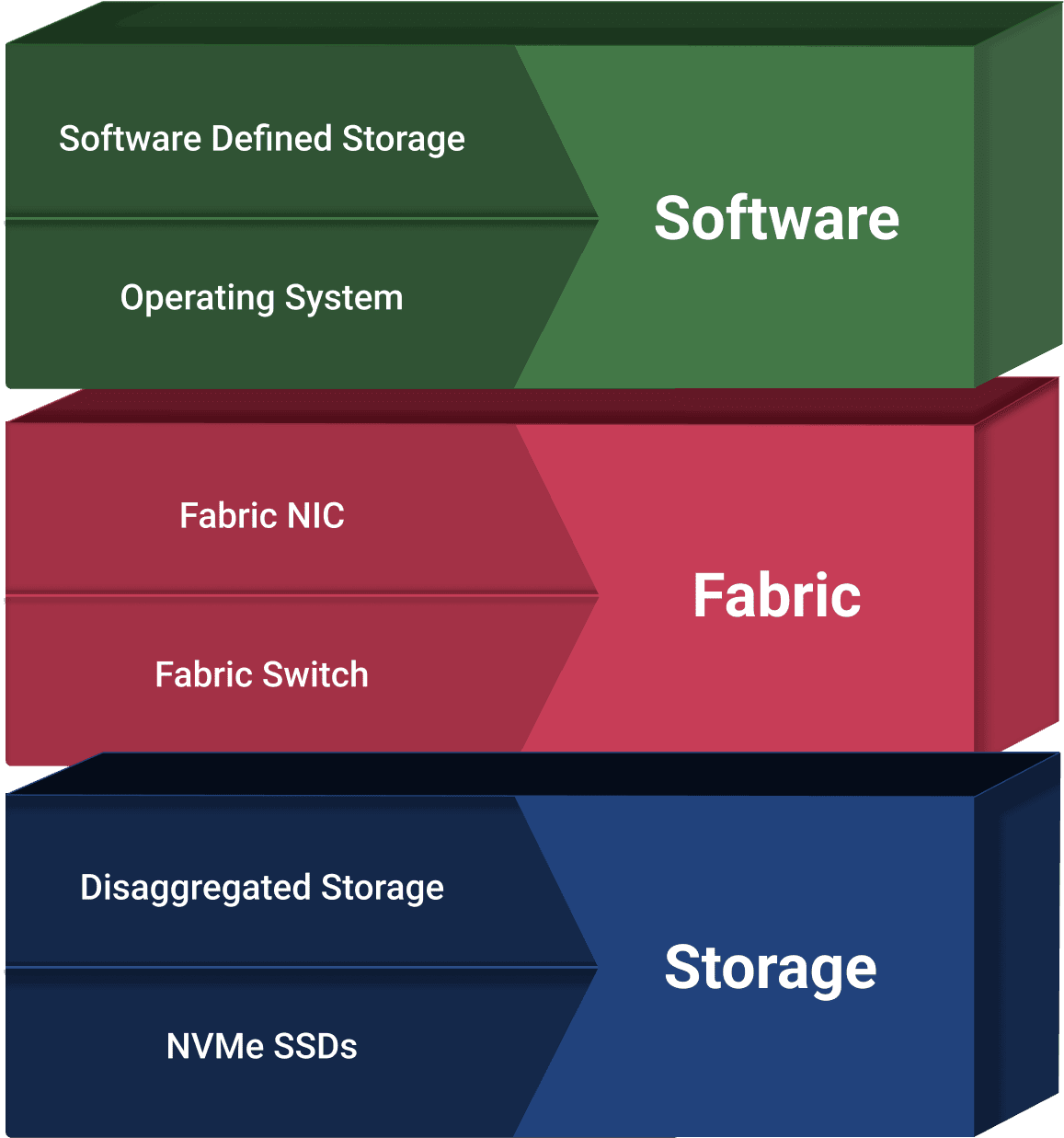Operating System Considerations
A critical enabler of SDS and disaggregated infrastructure is the operating system (OS), which provides the runtime environment and interfaces directly with hardware resources. The OS plays a pivotal role in managing performance, compatibility, and interoperability.One of the primary challenges lies in kernel version compatibility—particularly for environments leveraging NVMe-oF. Kernel-level support for appropriate NVMe-oF drivers and their protocols is essential. Variances in kernel versions or absent modules can cause significant stability and performance issues.
SDS solutions often include management frameworks that standardize and abstract these kernel interactions, streamlining driver deployment and validation. Establishing OS baselines with known-good kernel versions and vendor-supported modules is crucial for reliability adn can have a significant impact on performance, both positive and negative.
RAID configuration has a direct impact on IOPS consistency, fault tolerance, and rebuild behavior. OS-level (e.g., mdadm) and alternative software / hardware-defined RAID (e.g., Xinnor, GRAID, or VROC) offer flexibility and integration benefits, but can differ dramatically in how they consume host CPU and scale with PCIe/NVMe architectures. Traditional hardware RAID, while mature, may lack NVMe-native support and create bottlenecks in disaggregated environments.
Multipath I/O is essential for availability and load balancing in disaggregated systems. Modern Linux distributions support DM-Multipath and other frameworks such as NVMe multipath, that enable failover and bandwidth aggregation. However, correct configuration is non-trivial, requiring attention to path priorities, queue depth policies, and coordination with initiator-target protocol drivers (e.g., RDMA, TCP for NVMe-oF).These low-level OS features play a pivotal role in ensuring that the SDS control plane can fully utilize hardware capabilities without introducing instability or complexity.

